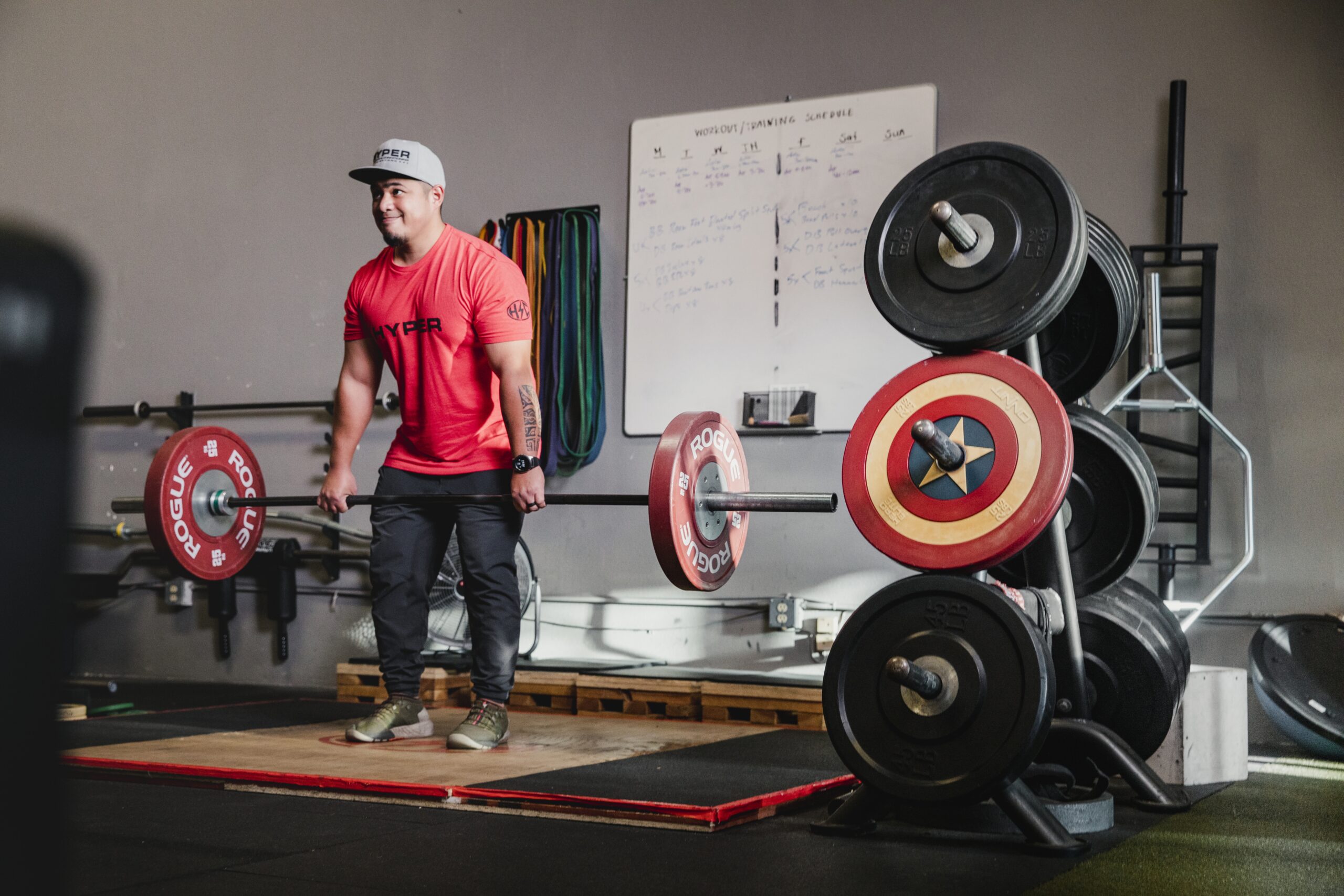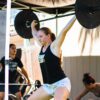If there’s one question trainees ask more than any other, it has to be the good old:
“How long should my workouts be?”
At first glance, the answer seems straightforward enough, right? Just train for 45-60 minutes a few times weekly, and you’ll be great.
However, as with most topics, there is more to it than meets the eye. So, let’s break it down and help you determine the ideal workout length for you.
First Off, Establish Workout Goals
Think about your fitness journey and what you would ideally want to achieve with your workouts before worrying about the length of each session. Each goal impacts workout duration (more on that below), so you should set clear objectives.
Do you primarily care about muscle gain, strength development, fat loss, or overall athleticism?
For most people, it’s typically a combination of two or more things.
Factors That Determine the Ideal Workout Length
1. Fitness Level and Experience
The more advanced you are, the longer and more challenging your workouts will have to be if you want to see further improvements. In contrast, beginners can get away with shorter, less intense workouts while still progressing (1).
2. Weekly Training Schedule
Working out more frequently means you can spread your weekly training volume across more sessions and keep each one shorter. In contrast, working out less frequently would mean training longer to complete all the necessary sets and exercises to progress.
3. Workout Goals
You can achieve muscle gain with various training styles, even with brief and intense circuit sessions where you jump from movement to movement (2).
However, if you primarily care about strength gain, you must be more deliberate with your training and take longer breaks between sets to maintain optimal performance (3). That will naturally lead to longer workouts.
4. Exercise Selection
Compound lifts like the barbell squat are more demanding and take longer to recover from. In contrast, isolation activities like bicep curls are easier; trainees can take shorter breaks between sets.
Because of that, how you structure your workouts will determine how long you should rest and how much time each session will take to complete.
5. Energy Levels
Feeling more energized would allow you to complete your training more quickly and go about your day.
6. Time Constraints
Your schedule will inevitably impact your workout duration. More free time means you can go at a more leisurely pace and truly savor your workouts.
In contrast, a busy schedule would force you to cram more volume in a shorter period and move on to other tasks.
While shorter workouts might seem less effective, even 15 minutes of focused work can net great results. By condensing more work in a shorter period, you push yourself far harder, stimulate your muscles to a greater degree, and tax your cardiovascular system (2, 4, 5).
These things lead to various adaptations, including muscle and strength gain, endurance, agility, and overall athleticism.
What is the Optimal Workout Length?

There isn’t a single ‘optimal’ workout length, as your sessions’ duration depends on the factors discussed above.
For example, a powerlifter resting up to five minutes between sets might need 90+ minutes to go through a session. In contrast, a bodybuilder could take shorter breaks and do more high reps while getting closer to their goals.
Similarly, someone on a tight schedule might opt for 15 to 30-minute high-intensity interval training to create the necessary stimulus and burn calories.
Final Words
The optimal workout length depends on your training experience and goals, workout style, how often you train, and how much time you can dedicate to each session.
Find the duration that makes the most sense in your situation.
































